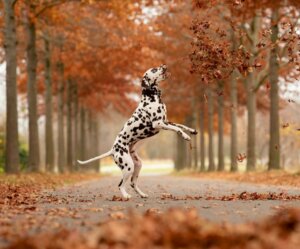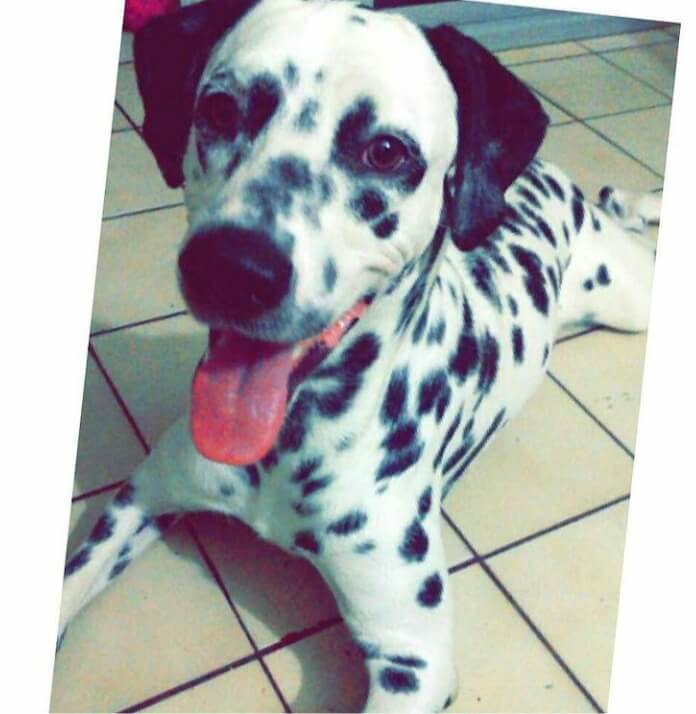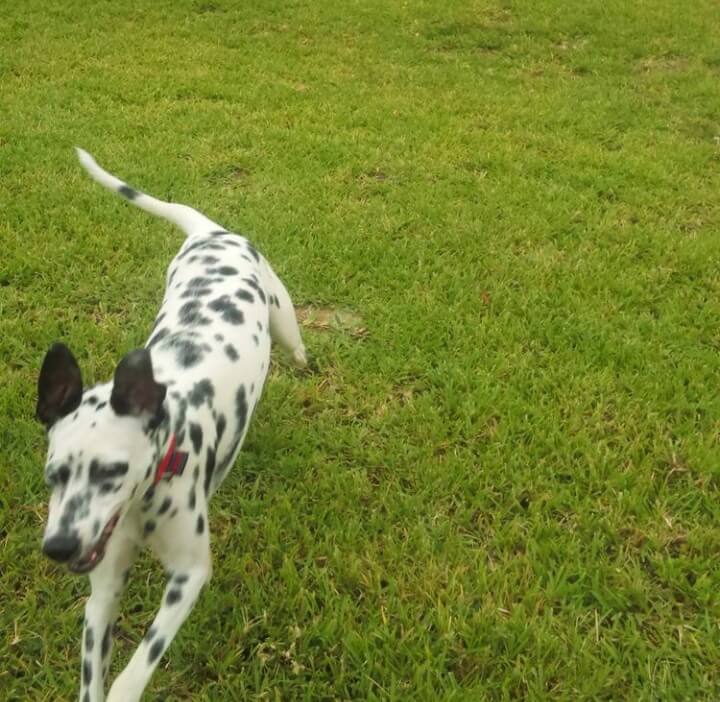Curiosities and How to Look After Dalmatians


Written and verified by the biologist Georgelin Espinoza Medina
Dogs are charming and faithful pets that all have their own basic needs (like any living being). However, the requirements may vary from one breed to another, and in this article we’ll be telling you how to look after Dalmatians as well as some fascinating curiosities about them. If you have one at home or are thinking about adopting one then this article is for you!
Dalmatians are a very intelligent breed and one of the most popular of all. They became very famous thanks to a movie whose name we don’t even need to tell you! Everyone can identify their spotted coat! Learn some interesting facts about this breed and how to look after Dalmatians and keep them healthy, don’t miss it!
Curiosities about Dalmatians
Dalmatians are very popular dogs with a muscular body that can reach up to 62 centimeters (2 feet) in height and 32 kilograms (70 pounds) in weight. Here are some very interesting characteristics that you may not know about this breed:
The origin of their name
The history of the Dalmatian is a well-documented aspect of paintings and other ancient works. This breed comes from Croatia, from a coastal region called Dalmatia, hence its name. In fact, the word Dalmatian is also what the people of that region are known as.
A Dalmatian’s spots
The most striking aspect of the Dalmatian is undoubtedly its white coat with black or brown spots. However, a curious fact is that when they’re born, the puppies don’t have any spots; they’re completely white, and acquire them as they grow.
Their energy
The Dalmatian’s athletic and elegant appearance is no coincidence, as these dogs are renowned for how active they are. In fact, they’re one of the most energetic breeds in existence. Because of this, they need to have plenty of opportunities to run and walk. They love to be outdoors, in contact with nature, and it isn’t good to keep them in the house for too long.
Throughout history, Dalmatians have played different roles thanks to their active and energetic character. Some of them are even guard dogs or escorts in carriages, and others work with firefighters.
They can suffer from deafness
A worrying fact about these dogs is that they’re highly predisposed to suffer from deafness (total or partial), with figures that can range from 16 to 30%. This disease is congenital, which means that it’s linked to heredity. This condition isn’t exclusive to this breed though, and other breeds are also predisposed.
Deafness in dogs has been associated with a lack of melanocytes, i.e. the cells that produce melanin or black pigment in living beings. Dalmatians with at least one blue eye are more likely to develop the disease.
A dog’s quality of life can be compromised by deafness, and this is quite a cause for concern in Dalmatians, especially if both ears are affected. See your veterinarian if you suspect your dog is deaf, as they can guide you as to the best options for your pet.
They’re very long-lived
Any well-cared-for dog that enjoys good health can live for many years. However, life expectancy is variable in different breeds. In relation to the Dalmatian, it tends to be very long, up to 12 or 14 years.

How to look after Dalmatians
If you have a Dalmatian at home or are thinking of getting one, then there are some basic aspects you need to know to keep them healthy and happy. The main care tips for this breed are the following.
Dalmatian diet
One of the most important aspects regarding how to look after Dalmatians is nutrition, as they need a special diet. These dogs need to consume a high amount of protein. However, it should be food with a low purine content, due to their metabolism. They excrete mostly uric acid in the urine, which makes them prone to suffer pathologies or kidney problems.
One way to prevent these ailments is with food supplements that you can talk about with your veterinarian.
Dalmatians shouldn’t be given be red meat, nor organs. Nor should they be fed treats, food with high salt content, colorings, or food additives, so human food leftovers are not a good option. The ideal thing is to seek advice from a specialist about the alternatives for this breed in order to keep them healthy.
Nowadays, there are commercial brands with components and nutrients adapted to their requirements that are of great help for their feeding.
Hydration
Living beings need water and Dalmatians are no exception. Good hydration is relevant, so always make sure you have clean, fresh water at their disposal. Also, remember that this is a very energetic breed, so they need plenty of fluids to keep them hydrated.
Looking after a Dalmatian’s coat
These dogs have a short coat that’s easy to maintain. However, they need frequent brushing to remove dead hairs. It’s advisable to do it daily or at least every 48 hours.
In addition, it’s important to mention that a Dalmatian’s skin is sensitive; some may even suffer from dermatitis or other skin problems, so don’t forget about grooming with a good shampoo.
Exercise
As we’ve already mentioned, Dalmatians are very active and have almost boundless energy, so daily exercise is absolutely essential. One way to keep them in shape is to take long walks outdoors, in order for them to burn up all their energy. They also enjoy playing certain sports.

Other basic care of Dalmatian dogs
Here are some other care aspects that we need to mention:
- Be attentive to the health of their eyes, as this can prevent other complications and diseases.
- Clean their ears regularly.
- Keep nails clean and short.
- Provide proper oral hygiene.
- Comply with the vaccination schedule.
- Make routine check-up visits to the veterinarian, particularly if any disease or illness is suspected. There’s no one better than a specialist to clarify doubts, establish an accurate diagnosis, and prescribe medication.
Knowing about these curiosities and care tips regarding Dalmatian dogs is crucial in order to give them a full and healthy life. As we can see, they’re great dogs to adopt, but you must always be aware of the health aspects that we have mentioned today.
And, above all, share time with them and shower them with love – if you do, you’ll have a very happy dog and their happiness will lift your spirits too.
All cited sources were thoroughly reviewed by our team to ensure their quality, reliability, currency, and validity. The bibliography of this article was considered reliable and of academic or scientific accuracy.
- Brown, W., Vanselow, B., & Walkden-Brown, S. (2003). One dog’s meat is another dog’s poison—nutrition in the Dalmatian dog. Recent Advances in Animal Nutrition in Australia, 14, 123-131.
- Pellegrino, F., Pacheco, E., & Vazzoler, M. (2009). Trastornos de audición en perros: revisión bibliográfica y estudio clínico en el dogo argentino. Anales de Veterinaria de Murcia, 25, 5-20.
- Sevane, N., & Dunner, N. (2014). Patologías hereditarias en el perro. Canis et Felis, 129, 64-97.
This text is provided for informational purposes only and does not replace consultation with a professional. If in doubt, consult your specialist.